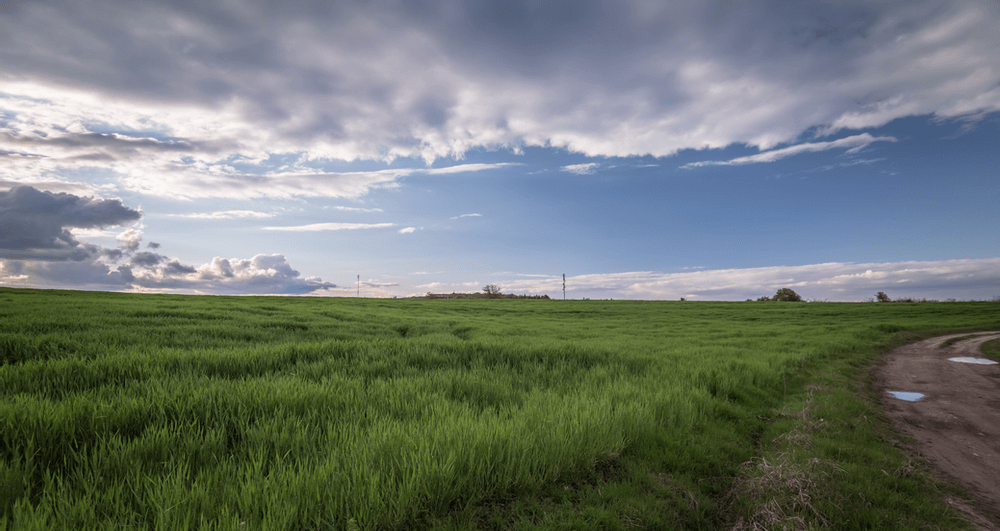OSI Europe Monitoring Industry Achievement of Sustainability Goals through Benchmarking


OSI Europe has successfully piloted a sustainability benchmarking system amongst their supplier base in the UK, Germany and Poland. The system will be rolled out fully this year, enabling suppliers to track their progress against the pilot results, highlighting where they have made improvements to the sustainability of their operations and wider supply chain, thus enabling identification of areas to focus on for greater impact.
Reliable and consistent benchmarking is essential in the journey to enhance sustainability of the beef supply chain. OSI has set global sustainability targets for the entire company, with the deadline of 2025 to achieve them. The targets cover sustainable supply, social responsibility and the environment and can be viewed here.
With the benchmarking scores, suppliers will be able to gauge their performance against suppliers in their own market, as well as markets further afield. For OSI Europe, the consistency in how data is collected enables comparison of markets and identification of the strengths and weaknesses of each. For our customers, the benchmarking provides assurance that OSI Europe are working with suppliers to track progress towards sustainable beef.
WHAT DID THE PILOT SHOWCASE?
By collecting the same data from suppliers in three different countries, OSI Europe was able to make useful comparisons, understanding how suppliers in different countries performed with regard to environmental sustainability, animal welfare and antibiotic stewardship, plus how they support their workforce and local communities.
The results highlighted some key trends. Taking Poland as an example, suppliers performed well in some measures of environmental sustainability, as 87% had a target to reduce water use and 80% had an energy usage reduction target in place. However, just under half of suppliers had a greenhouse gas emissions target, showing an opportunity for suppliers to improve sustainability in this area.
HOW SUPPLIERS CAN IMPROVE SUSTAINABILITY
A core element of the sustainability benchmarking system is that it is an active process. Suppliers provide the data, and OSI Europe gives feedback to every supplier, showing how they can improve their score in the years to come. The sustainability benchmarking exercise will be repeated annually, to enable continuous improvements to supplier sustainability performance. Ultimately, OSI Europe is aiming to reach a point where each supplier is sourcing beef from the most sustainable producers, and then adhering to the highest animal welfare standards and reducing environmental impact.
There are a vast amount of approaches suppliers can take to improve their score. For instance, suppliers who do not yet have a greenhouse gas reduction target may be encouraged to implement a strategy to focus on improving efficiencies and using renewable energy.
Another way that suppliers could improve is by becoming a member of their ERBS (European Roundtable for Beef Sustainability) country platform, if they have not already done so. The ERBS is the largest multi-stakeholder group for beef sustainability in Europe, and the country platforms allow producers and suppliers within a country to focus on improving beef sustainability, tailoring approaches in line with wider factors within the country and demonstrating a commitment to the production of sustainable beef. OSI assumes a leadership role within the ERBS, and encourages all suppliers to become members.
WHAT’S NEXT FOR OSI’S SUSTAINABILITY BENCHMARK?
Following from the success of the pilots, OSI Europe will carry out the second round of data collection later this year. This will show how suppliers in all three countries have changed their sustainability scores, giving an indication of progress towards more sustainable beef and how suppliers can continue to improve.